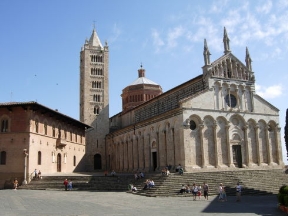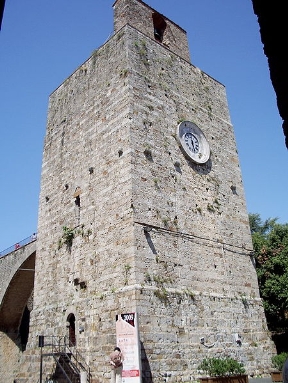- seatowers
Main menu
Massa Marittima
For a wonderful relaxing holiday with your family, the sea of Tuscany
Massa Marittima, which despite its name is more than twenty miles from the sea, is considered one of the gems of medieval Tuscany. Its origins are shrouded in mystery and even though its surroundings have been detected traces of human settlements from the Bronze Age, in the Etruscan period that the area was
renowned for the richness of its mines and that most likely the current city was the Roman Mass Veternense, the settlement remained on the margins of history until at least the ninth century when it became the center of the temporal power transfer thanks to the bishop of the episcopal see of Populonia due to the deterioration and abandonment of this city. The bishop chose to leave the coast, became marshy and subject to continuous pirate raids Greeks and Saracens to retreat in the heart of the metalliferous hills. It seems, however, that initially was not chosen as the venue Massa Marittima, in fact, are the 1016 the first traces of the existence of a church on the spot and of the beginning of the twelfth century the news of the constitution of the episcopal see.
In 1225 Massa became a free commune , finally breaking away from episcopal control , and from there began a period of great prosperity for the city, thanks to the commercial exploitation of minerals (iron, copper , lead, silver ), of which the zone was rich , so that the name was changed to ' Mass Metallorum ' . This epoch are its major monuments such as the Romanesque-
a second wall was erected around the city and the new , between this and the old part , the Fortress . This acted in practice as a hinge between the two parts of the city , dominating both , incorporating the ancient fortress and residence of the bishop Monteregio (of which no trace remains ) and the primitive Keep , the Tower of Candlestick now reduced to two-

